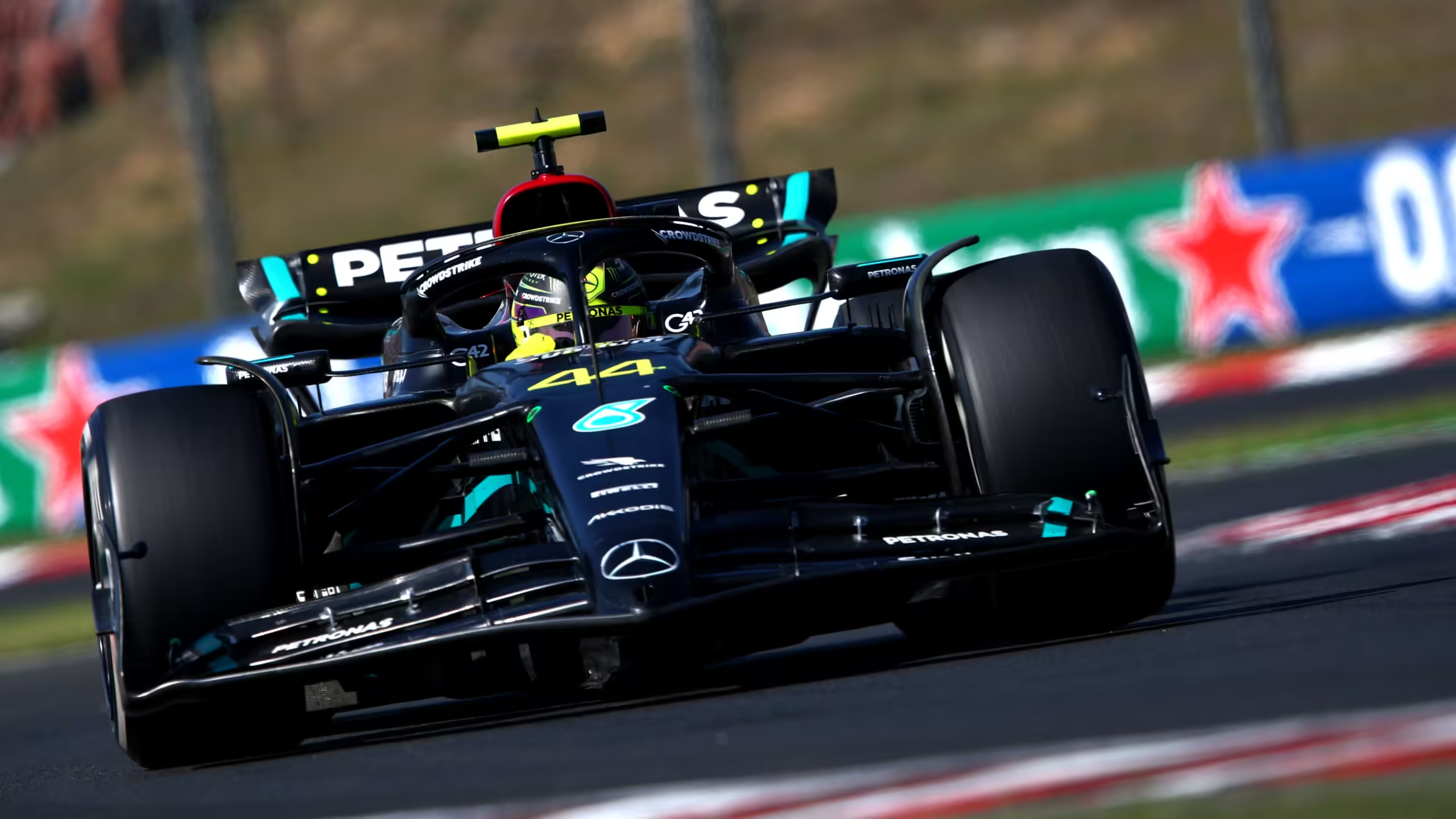Lewis Hamilton took risks with the tires, but it didn’t pay off…read more.
Lewis Hamilton’s decision to take risks with tire strategy during the recent race was a bold move that ultimately did not yield the desired results. In the high-stakes environment of Formula 1, where every choice can make or break a race, Hamilton’s gamble with his tire strategy was a notable risk.
Throughout the race, Hamilton’s team faced challenging conditions that required a strategic approach to tire management. Opting for a more aggressive tire strategy, Hamilton pushed the limits by selecting tires that were either more suited to varying track conditions or designed to offer a performance boost for a shorter period. This decision was driven by the hope of gaining a competitive edge over his rivals and potentially securing a better position in the race.
However, the execution of this strategy did not go as planned. The tires, which were expected to provide a performance advantage, did not perform optimally under the race conditions. This led to several complications. For one, Hamilton experienced issues with tire wear and degradation, which is a common risk when pushing tires beyond their optimal range. The anticipated benefits of his tire choice were quickly overshadowed by the drawbacks, including reduced grip and stability.
As the race progressed, it became evident that the tires were not delivering the expected performance. Hamilton struggled with handling and lap times, which hindered his ability to compete effectively with other drivers. This situation was compounded by the fact that other teams and drivers had perhaps made more conservative or better-informed tire choices, allowing them to gain positions and capitalize on Hamilton’s difficulties.
In the end, Hamilton’s risky tire strategy did not provide the competitive advantage he had hoped for. The decision to take such a gamble highlighted the fine line between daring and detrimental in Formula 1. While the intent was to push for a stronger performance, the outcome underscored the challenges of balancing risk and reward in a sport where every fraction of a second counts.
Ultimately, the gamble with the tires proved to be a setback for Hamilton and his team. It served as a reminder of the unpredictable nature of racing and the importance of making strategic decisions that align with both the car’s performance characteristics and the evolving conditions of the race.

